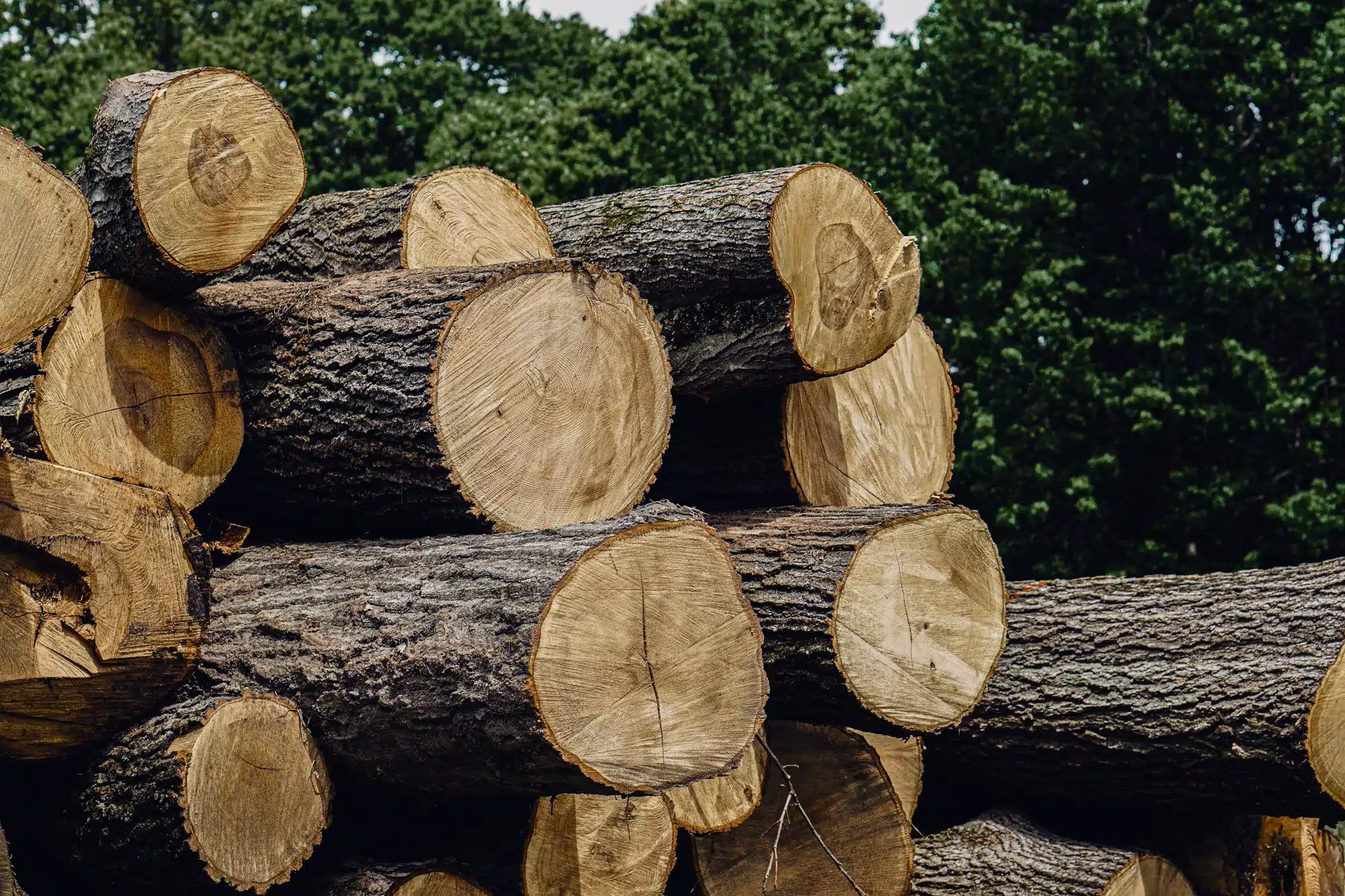
For centuries, the blueprint for urban development has been written in steel and concrete. These materials symbolize strength, permanence, and progress. But what if our skyline paradigm is flawed? What if the key to building the sustainable, resilient cities of tomorrow has been growing in our forests all along?
A quiet revolution is underway in the architecture, engineering, and construction (AEC) industry. From Stockholm to Seattle, a new generation of tall buildings is rising, not from poured formwork, but from precision-engineered wood. This isn’t the timber of old barns and family homes; this is mass timber, a high-performance material that is fundamentally challenging the reign of concrete and steel.
The question is no longer if wood can be used for large structures, but how soon it will become the material of choice.
The Engineered Heart of the Revolution: What is Mass Timber?
Mass timber is an umbrella term for a category of large-scale wood products engineered for exceptional strength and stability. The most prominent innovation is Cross-Laminated Timber (CLT).
CLT is like a wooden sandwich of supreme capability. Multiple layers of dimensioned lumber are stacked crosswise at 90-degree angles and bonded with structural adhesives under immense pressure. This cross-lamination creates a panel that is incredibly strong, dimensionally stable, and rigid in two directions, making it ideal for floors, walls, and roofs in mid-rise and high-rise construction.
Other mass timber products include:
- Glulam (Glued-Laminated Timber): Used for beams and columns, made by bonding layers of solid lumber.
- Nail-Laminated Timber (NLT): Created by stacking and nailing dimensional lumber together.
- Dowelled Laminated Timber (DLT): A newer system using hardwood dowels instead of nails or adhesives.
These products are manufactured off-site with computer numerical control (CNC) precision, arriving at the construction site ready to be assembled like a giant, sophisticated kit of parts.
The Surprising Scientific Advantages: Outperforming the Incumbents
The shift to mass timber isn’t just an aesthetic choice; it’s a performance-based decision.
1. Strength and Safety: Debunking the Fire Myth
The most common objection to wooden skyscrapers is fire safety. The science, however, reveals a surprising truth: mass timber performs exceptionally well in fires.
While a light-frame timber member can burn quickly, a mass timber element like CLT chars predictably. When exposed to fire, its surface forms a protective char layer that insulates the inner core, significantly slowing combustion and maintaining structural integrity for a considerable time—often longer than steel, which can weaken and buckle suddenly at high temperatures. Modern fire-resistant coatings can enhance this natural performance even further, meeting and exceeding all stringent building codes.
2. The Weight Advantage: Lighter, Faster, Cheaper
Mass timber structures are significantly lighter than their concrete counterparts. This has a cascading positive effect:
- Reduced Foundation Requirements: A lighter building needs a less massive, less expensive foundation.
- Faster Construction: Prefabricated panels can be assembled in a matter of days or weeks, reducing on-site construction time by up to 25%. This speed leads to lower labor costs and earlier project completion.
- Simplified Logistics: Fewer truck deliveries are needed for lighter materials, minimizing disruption in dense urban areas.
3. The Psychological and Wellbeing Dividend
Biophilic design—the human connection to nature—is more than a buzzword. Studies consistently show that exposure to natural materials like wood in built environments reduces stress, lowers blood pressure, and improves cognitive function and creativity. A mass timber building offers an innate warmth and aesthetic quality that concrete simply cannot match, creating healthier and more productive spaces for occupants.
The Unbeatable Argument: Carbon Sequestration and Sustainability
This is where mass timber doesn’t just compete; it wins decisively. The construction industry is a primary contributor to global CO2 emissions, primarily through cement production.
Mass timber flips this script. Wood is the only major building material that is renewable and sustainably sourced. Forests managed to high standards like PEFC and FSC certification ensure a continuous cycle of growth and harvest.
Critically, wood is a carbon sink. As trees grow, they absorb carbon dioxide from the atmosphere. This carbon remains stored within the timber structure for the lifetime of the building—potentially centuries. This process creates carbon-negative buildings that actively fight climate change, unlike the carbon-intensive production of steel and concrete.
By choosing mass timber, we are effectively constructing buildings that are part of the climate solution, locking away tons of CO2 and promoting a circular bioeconomy.
The Challenges and The Future
The path forward isn’t without obstacles. Upfront costs can be higher due to a nascent supply chain, and building codes are still adapting to these new technologies. However, as demand grows and manufacturing scales, costs are decreasing rapidly.
The future is already here. Projects like the Mjøstårnet in Norway (18 stories) and the proposed Carbon Tower concepts showcase the staggering potential. This isn’t a return to the past; it’s a leap into a more sustainable, efficient, and beautiful future.
Conclusion: Building a Legacy
So, is wood the new concrete? The evidence suggests it’s not just a replacement; it’s a profound upgrade. It offers a powerful combination of structural performance, construction efficiency, human health benefits, and unparalleled environmental credentials.
The next time you look at a forest, see more than trees. See the pillars of our future cities, the floors of our offices, and the solution for sustainable urban development. The revolution is built on wood, and it’s already rising around us.

